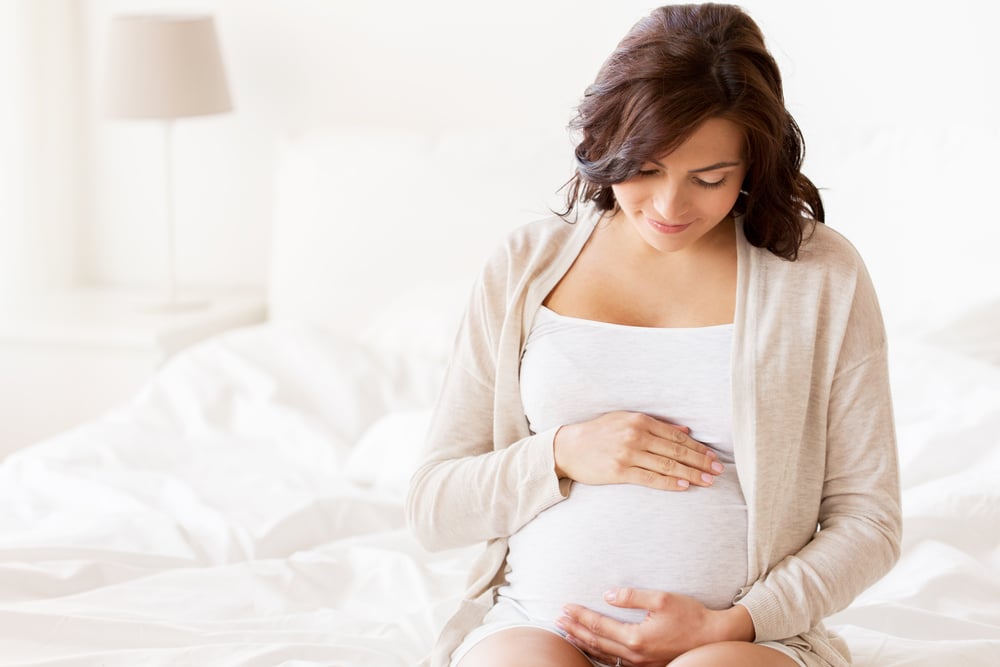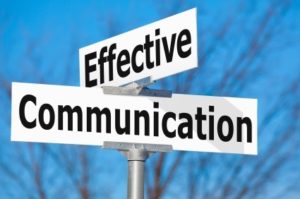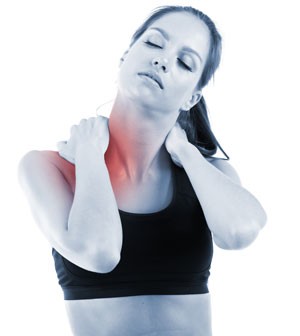Massage benefits pregnant women in numerous ways. It can decrease tension, increase circulation, reduce swelling of ankles and feet, and relieve low back pain, which the majority of pregnant women suffer from during gestation. Women who receive pregnancy massage recline on their back or their side, rather than the traditional face-down position. Often therapists will employ cushions or pillows to ensure a comfortable and safe massage session.
“I love the fact there are two people I’m massaging and not just one,” said Ashley Sacco, a Dreamclinic massage practitioner.
Studies indicate that massage during pregnancy can reduce anxiety, decrease symptoms of depression, relieve muscle aches and joint pains, and improve labor outcomes and newborn health.
Studies done in the past 10 years have shown that hormone levels associated with relaxation and stress are significantly altered when massage therapy is introduced as part of women’s prenatal care. It leads to mood regulation and improved cardiovascular health. In women who received bi-weekly massages for only five weeks, hormones such as norepinephrine and cortisol (hormones associated with stress) were reduced, and dopamine and serotonin levels were increased (low levels of these hormones are associated with depression).
These changes in hormone levels also led to fewer complications during birth and fewer instances of newborn complications, such as low birth weight. The cumulative evidence strongly suggests there are maternal and newborn health benefits when therapeutic massage is incorporated into regular prenatal care.
Sciatic nerve pain is commonly experienced by many women in late pregnancy as the uterus rests on muscles of the pelvic floor and lower back. The pressure of the uterus spreads tension to the muscles of the upper and lower leg, causing them to swell and put pressure on nearby nerves. Massage therapy addresses the inflamed nerves by helping to release the tension on nearby muscles. Many women have experienced a significant reduction in sciatic nerve pain during pregnancy through massage.


 Most of us have stress in our lives, whether due to work, family or general environment. For some the stress may cause sleeplessness, anxiety, hypertension or depression. For many the stress leads to muscle soreness somewhere in the body – the shoulders, neck, legs, or back.
Most of us have stress in our lives, whether due to work, family or general environment. For some the stress may cause sleeplessness, anxiety, hypertension or depression. For many the stress leads to muscle soreness somewhere in the body – the shoulders, neck, legs, or back.
 While many people are familiar with Western modalities of massage – Swedish, Deep Tissue, Sports, etc. – they are less aware of the rich massage traditions of Asia. What is Shiatsu Massage? Shiatsu is a form of massage that evolved in Japan. Like other forms of Eastern massage, it is grounded in the concept of balancing the flow of energy, called ki, in the body. Pain, illness, and disease are thought to result from blockages and imbalances of ki. The massage practitioner seeks to restore balance by tonifying the areas where there is a deficiency of energy and dispersing areas of excess.
While many people are familiar with Western modalities of massage – Swedish, Deep Tissue, Sports, etc. – they are less aware of the rich massage traditions of Asia. What is Shiatsu Massage? Shiatsu is a form of massage that evolved in Japan. Like other forms of Eastern massage, it is grounded in the concept of balancing the flow of energy, called ki, in the body. Pain, illness, and disease are thought to result from blockages and imbalances of ki. The massage practitioner seeks to restore balance by tonifying the areas where there is a deficiency of energy and dispersing areas of excess.


 applied. The muscles are then kneaded and stretched with a lifting/kneading stroke and then smoothed, lengthened, and drained of excess fluid with long, firm strokes. Vibration or percussion may also be used to stimulate or release muscles. The limbs may be moved or shaken. The process is repeated on each area of the body for an overall calming and rejuvenating effect.
applied. The muscles are then kneaded and stretched with a lifting/kneading stroke and then smoothed, lengthened, and drained of excess fluid with long, firm strokes. Vibration or percussion may also be used to stimulate or release muscles. The limbs may be moved or shaken. The process is repeated on each area of the body for an overall calming and rejuvenating effect.
 The main golf swing muscles and their role in the golf swing:
The main golf swing muscles and their role in the golf swing: